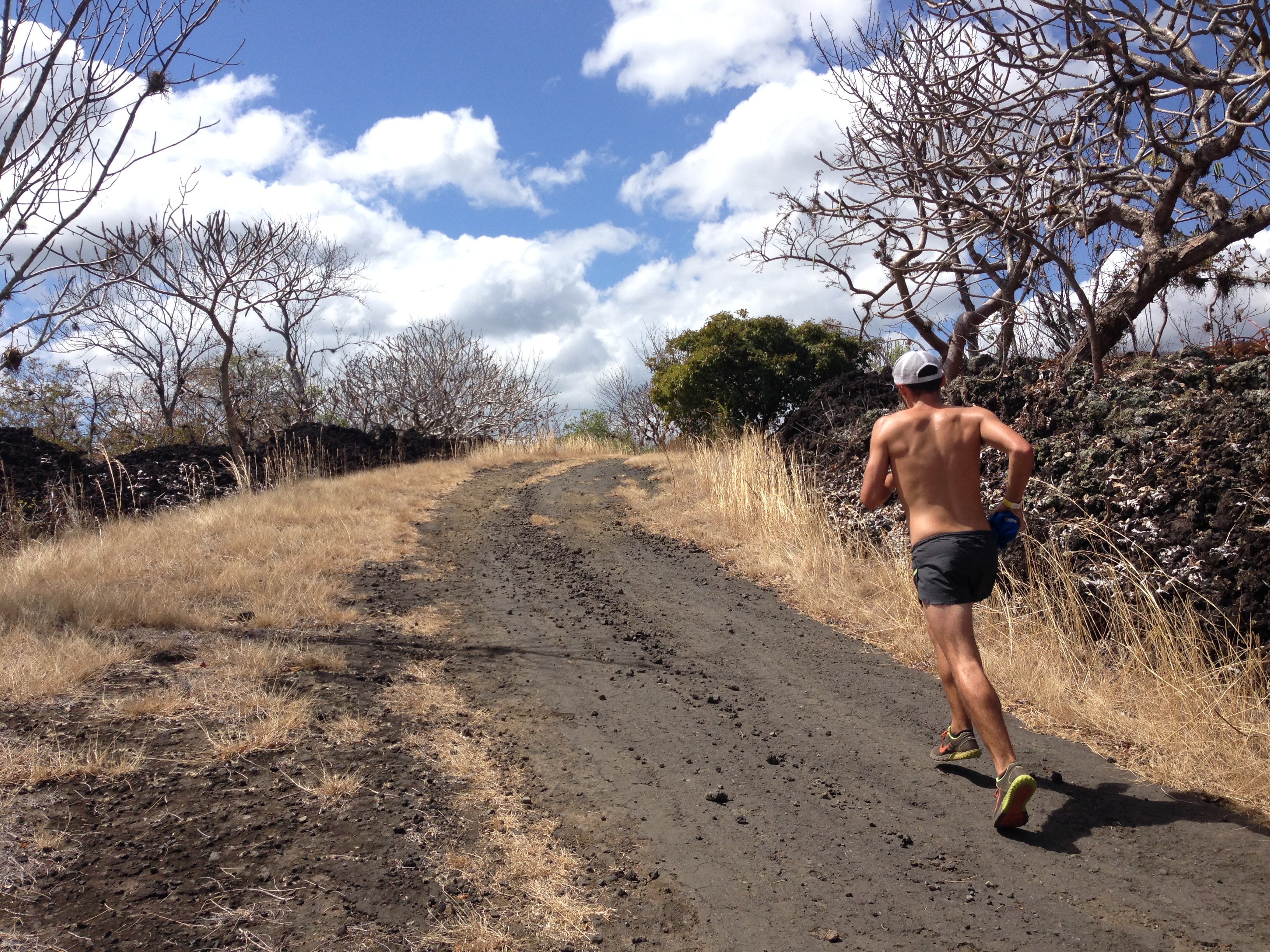How Can You Maximize Your Glutes?

How do you actually perceive, while running, if your glutes are engaging?
– Michael Stone, Akron, OH
Psychologically, the most important body part for running is between your ears. Physiologically, the most important body part may be on either side of your crack.
“The glutes are big power centers for legs, whether uphill, downhill or for faster, flat running,” says Ian Sharman, an elite trail runner, the head coach of Sharman Ultra Coaching and a major proponent of glute engagement. “If they aren’t pulling their weight, then other muscles have to make up for it and efficiency is lost.”
So you are asking the right question. However, it can be difficult to know what people mean when they say, “Engage your glutes.” Whenever I hear that, I am reminded of an oiled-up bodybuilder clenching with all his might.
In fact, glute engagement is about running form, rather than focusing specifically on what your butt does. My athletes have success visualizing how it works through a three-step process.
First, stand up. Most people will have tight hip flexors when standing. Instead, think about loosening the hip flexors and activating your glutes slightly. Your hips should move forward and your spine should straighten. That is the posture to use when running.
Second, when running, think about that relaxed-hip-flexor posture, then focus on flowing back, rather than pulling forward. The moment of power in your running motion is when your foot pushes off the ground behind your body; maximizing push-off comes from relaxed hip flexors that allow a full range of motion, not a flexed butt.
This rearward flow through push-off is most evident in elite road runners, who usually have a strong back kick. Meanwhile, many recreational runners look more like they are riding a bike, with pronounced forward motion.
Third, to really understand glute engagement, do a fast set of strides on a slight downhill. The best downhill runners have mastered that relaxed-hip-flexor, flowing-back running form. While accelerating, try to stay relaxed and get as close to top speed as possible without sprinting. Then, apply that form to the rest of your running, including at slower paces and on variable terrain.
So when we coaches say, “Engage your glutes,” perhaps we should say, “Relax your hips and practice good posture.” But that would get far fewer butt-related giggles.
David Roche partners with runners of all abilities through his coaching service, Some Work, All Play. With Megan Roche, M.D., he hosts the Some Work, All Play podcast on running (and other things), and they wrote a book called The Happy Runner.